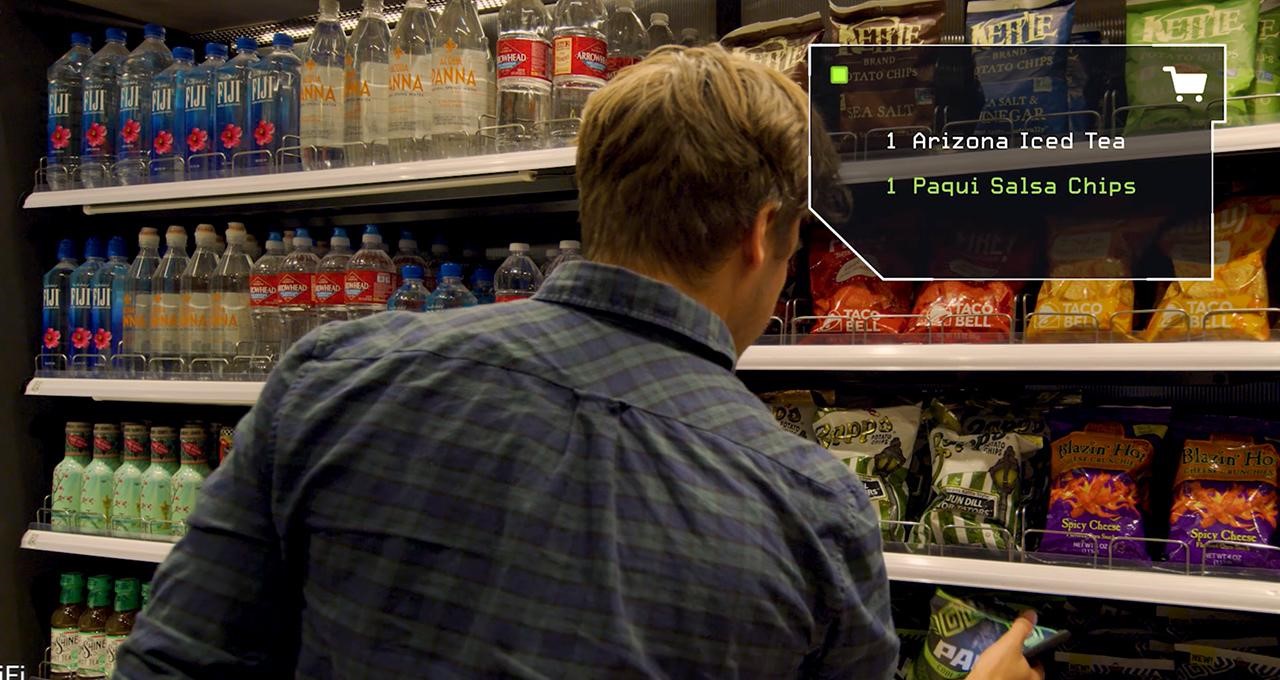At the National Retail Federation’s annual trade show, conversations tend to touch on recurring themes: “Will we be able to stock must-have products for next Christmas?,” “What incentives can I offer to loyal workers?” and “What happens to my margins if Susie Consumer purchases three of the same dresses online and returns two?”
The $26 trillion global retail industry is undergoing accelerated change, brought on by the pandemic and rapidly changing consumer habits. Now, it’s looking for accelerated problem solving using NVIDIA AI to address increasingly acute labor, logistics and supply chain challenges that are accompanying those changes.
Working with an ecosystem of more than 100 startups, equipment providers and software partners, NVIDIA offers an AI Enterprise platform for retailers and quick-service restaurants that helps speed the creation of intelligent stores, AI-driven forecasting, interactive chatbots, voice-enabled order taking and hyperpersonalized recommendations, and logistics and store optimization using digital twin technologies for simulation.
A Labor Crisis
Labor shortages have become a critical issue. In September and October, accommodation and food services businesses lost 1.6 million, or 6.2 percent, of their workforce, while 1.4 million people quit their retail jobs, according to the U.S. Bureau of Labor Statistics.
One way to address the problem is by creating autonomous shopping experiences. AiFi, AWM and Trigo’s autonomous shopping platforms, each shown at NRF, provide a seamless store checkout process. Customers can walk into a store, grab the items they want and pay with their mobile phone on their way out. Beyond addressing labor shortages, these autonomous stores provide live inventory management and prevent shrink.
Store associates are the face of retail organizations, so it makes sense to reduce the time they spend on tasks that aren’t customer facing, such as performing inventory counts or scanning for out-of-stock items. Spacee is using computer vision and AI to help retailers handle these basic, repetitive tasks.
NVIDIA partners Everseen and Graymatics provide asset protection applications at the point of sale to reduce shrinkage and provide customers a faster self-checkout experience. Deep North’s store analytics application is used for queue management, to optimize labor scheduling and store merchandising, resulting in increased sales.
All these startups are using the NVIDIA AI platform to deliver real-time recommendations in stores and distribution centers.
NVIDIA Tokkio conversational AI avatars and the NVIDIA Riva conversational AI framework, as well as recommendation engines based on the NVIDIA Merlin application framework, also help improve the customer experience and solve labor shortages by allowing for automated order taking and upsell based on customer shopping history.
Vistry.AI is delivering drive-thru automated order taking with a speech and recommendation engine, as well as computer vision applications for queue prediction, to predict when orders are ready, ensure food freshness and accelerate curbside pickup.
A Broken Supply Chain
The supply chain is the lifeblood of the retail industry; it was on life support for many in 2021 as attempts to recover from pandemic-related shutdowns around the world were stymied by trucker and dock worker shortages, inclement weather and persistent shortfalls in key food and electronics components.
According to a November report from Adobe Digital Insights, online shoppers in October were met with more than 2 billion out-of-stock messages — double the rate reported in October 2020.
With consumers more likely than not to go — and possibly stay with — a competitor, retailers are investing heavily in predictive analytics to gain real-time insights for forecasting and ordering from point of embarkation through to individual store shelves and distribution centers.
Dematic, a global materials handling company, and startups Kinetic Vision and Osaro are other key companies that use the NVIDIA AI platform to develop edge AI applications that add intelligence to automated warehouse systems. From computer vision AI applications to autonomous forklifts to pick-and-place robots, these AI applications improve distribution center throughput and reduce equipment downtime. And with NVIDIA Fleet Command, these solutions can be remotely deployed and managed securely and at scale in hundreds of distribution centers.
Improving Logistics
To help the $9 trillion logistics industry efficiently route goods from distribution centers to stores and from stores to homes, NVIDIA in November announced its NVIDIA cuOpt AI software.
NVIDIA cuOpt is an accelerated solver for machine learning that optimizes vehicle route planning and logistics in real time. Working with the NVIDIA cuOpt team, Domino’s Pizza implemented a real-time predictive system that helps it meet important delivery standards for customers eager for dinner.
Retail Goes AI
The NVIDIA AI Enterprise platform is helping retailers weather challenges expected to continue well beyond 2022. With consumers increasingly demanding what the industry calls an omnichannel experience, one that lets them order online and pick up at curbside or have items delivered speedily to their homes, balancing supply with demand has increased the need for fast, actionable insights.
As consumers move from seeking goods and services to experiences, the depth and breadth of interaction between customers and retailers is requiring AI to complement human interaction. It’s a shift that has moved from wishlist to deployment.
